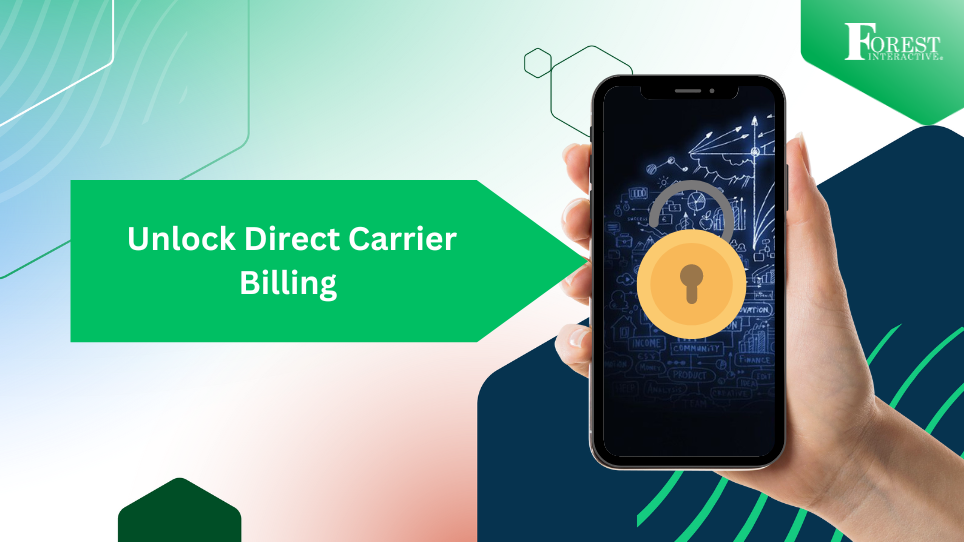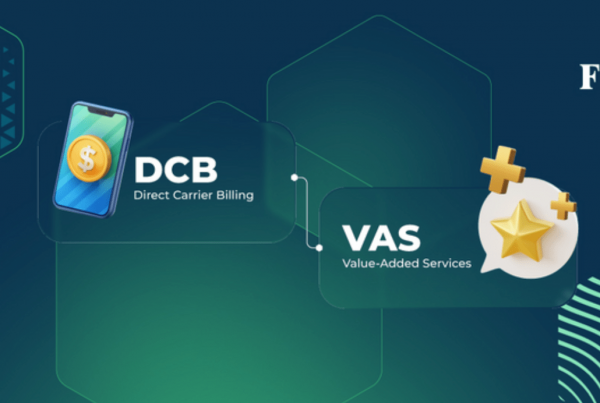
In the ever-evolving landscape of digital commerce, businesses are constantly seeking innovative ways to enhance revenue streams while providing seamless experiences for their customers. One such innovation that has been gaining traction is Direct Carrier Billing (DCB). DCB is a payment method that allows consumers to make purchases and transactions by charging them directly to their mobile phone bill or prepaid credit.
Understanding Direct Carrier Billing
DCB eliminates the need for traditional payment methods like credit cards or bank transfers. Users find payment incredibly convenient, particularly in regions with limited access to banking services. According to Juniper Research, DCB transactions are expected to reach $27 billion globally by 2024, indicating the growing demand for this payment method.
The Power of Partnerships: Telcos and Digital Content Providers
The key drivers behind the success of DCB are the strategic partnerships between telecommunications companies (telcos) and digital content providers. Telcos possess extensive customer bases and billing infrastructure, while digital content providers offer a wide range of products and services. By joining forces, they create a symbiotic relationship that benefits both parties.
Telcos gain access to premium digital content, such as games, apps, and subscriptions, which they can offer to their subscribers. According to a report by Statista, mobile gaming revenue in Asia-Pacific is projected to reach $100 billion by 2023, presenting a lucrative opportunity for telcos and digital content providers alike.
Boosting Revenue and Enhancing Customer Experience
For businesses, integrating DCB into their payment options can lead to a significant revenue uplift. According to a study by Fortumo, businesses that implemented DCB experienced an average revenue increase of 26%. Hence by catering to consumers who prefer mobile-based payments or lack access to traditional banking services, businesses expand their customer base and increase sales opportunities.
Whereas from the customer’s perspective, DCB offers unparalleled convenience and security. With just a few taps on their mobile device, they can complete transactions without disclosing sensitive financial information or undergoing tedious authentication processes. This simplicity enhances the overall shopping experience, fostering customer satisfaction and loyalty.
The Growth of Direct Carrier Billing in Asia
Asia-Pacific has emerged as a hotspot for DCB adoption, driven by factors such as smartphone penetration and mobile-first consumer behavior. Moreover, the proliferation of digital content consumption has played a significant role. Therefore, countries like India, Indonesia, and Thailand are witnessing rapid growth in DCB usage, fueled by partnerships between telcos and digital service providers.
In India, for example, DCB transactions are expected to grow at a compound annual growth rate (CAGR) of 42% between 2020 and 2025, according to a report by TechSci Research. This growth is attributed to the increasing popularity of mobile commerce and the government’s push for digital payments through initiatives like the Unified Payments Interface (UPI).
Conclusion
In the end, Direct Carrier Billing (DCB) represents a paradigm shift in the way businesses monetize digital content and facilitate transactions. By leveraging partnerships between telcos and digital content providers, businesses can unlock new revenue streams and enhance customer experiences. Additionally, they can capitalize on the growing demand for mobile-based payments.
As DCB continues to gain momentum, businesses that embrace this innovative payment method stand to gain a competitive edge in the ever-evolving digital landscape. Whether you’re a digital content provider looking to expand your reach or a business seeking to optimize payment processes, incorporating DCB into your strategy could be the game-changer you’ve been waiting for.



